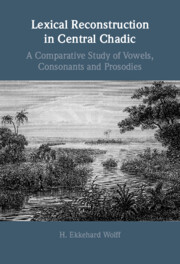In their overview of how linguistics went from a historical to a predominantly synchronic study of language, the co-authors detail the essentials of the nineteenth-century historical-comparative ‘neogrammarian’ model and then analyze the main criticisms by: Bréal (e.g., his work La Sémantique and his recognition of the links between language, speakers, thought, and social life), Schuchardt and dialect geographers (geographic variation), Meillet and his sociological approach, Jespersen’s move to more systematic considerations, and the neolinguistic movement (Croce, Vossler), with its focus on individual creative expression.
The authors then turn to Saussure, his debt to many scholars (Paul, Gabelentz, Baudouin de Courtenay, Kruszewski, and Whitney) and his argument that the language system should be understood as coherent, that there is both synchrony and diachrony but synchrony is primary), that langue and parole should be differentiated, and that the speech community should be conceptualized as more heterogeneous than homogeneous. They conclude that the ‘move to synchrony’ meant a fundamental change in scope — such as the consideration of all levels of language, the role of the individual speaker in language — leading to general linguistics, the study of language as it is observed in the present, and his development of a powerful epistemological framework.


